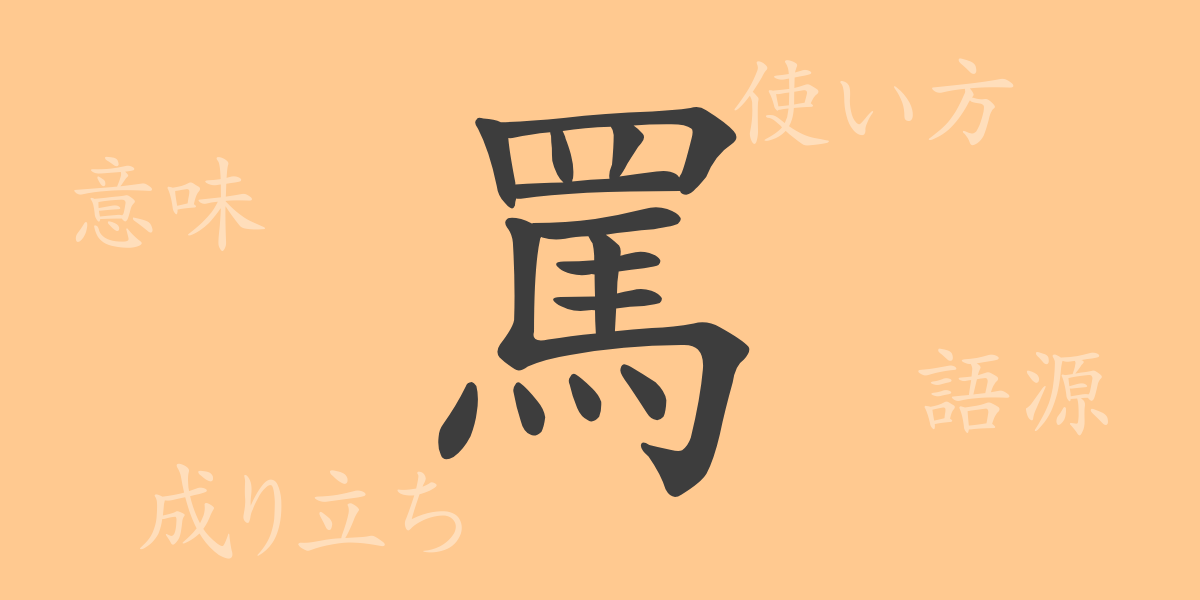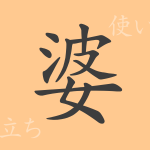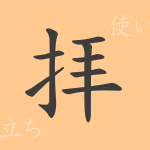Language is a tool for communication between people, and the kanji “罵”(ば), used to express strong emotions, is particularly potent. This article delves deep into the origins, contemporary usage, and nuances of the commonly used Japanese kanji “罵”(ば), helping us appreciate the power of words and embark on a journey of rediscovering the effectiveness of language.
The Origins of 罵 (ば)
The kanji “罵”(ば) originated in ancient China and is visually indicative of words spoken in attack. This character, introduced over time into Japan, evolved culturally and semantically. Its etymology stems from the elements “口” (mouth) and “虫” (insect), symbolizing words that sting like an insect when spoken.
Meaning and Usage of 罵 (ば)
The kanji “罵” (ば) conveys the act of berating or uttering insults. It is primarily used in Japanese to express strong negative emotions and is typically employed in situations that involve insulting or demeaning others. This powerful kanji must be used cautiously as it embodies the verbal aggression capable of influencing interpersonal relations profoundly.
Readings, Stroke Count, and Radical of 罵 (ば)
The kanji “罵” (ば) has specific readings and a complex structure:
- Reading: On’yomi as “バ”(ば), Kun’yomi as “ののし.る”(ののしる)
- Stroke count: 15
- Radical: “网” (罒、罓), though in “罵”, it appears as “罒” topped with “亞”.
Phrases and Proverbs Involving 罵 (ば)
“罵” (ば) appears in various idioms and proverbs, illustrating its role in rich linguistic expressions:
- 罵詈雑言 (ばりぞうごん): Rough and vulgar language.
- 悪口雑言 (あっこうぞうごん): Speaking ill of others or complaining.
- 口汚く罵る (くちきたなくののしる): To verbally abuse someone harshly.
These expressions are not commonly used in everyday conversation but can be observed in literature or dramas, depicting the emotional depth of characters.
Conclusion on 罵 (ば)
The kanji “罵” (ば) vividly demonstrates the impact of language. While it can potentially damage relationships due to its aggressive connotations, it is also effectively utilized in the realms of literature and arts, enhancing the richness of the Japanese language. This article aims to deepen your understanding of “罵” (ば) and serve as a guide in navigating the complexities of language use.

























